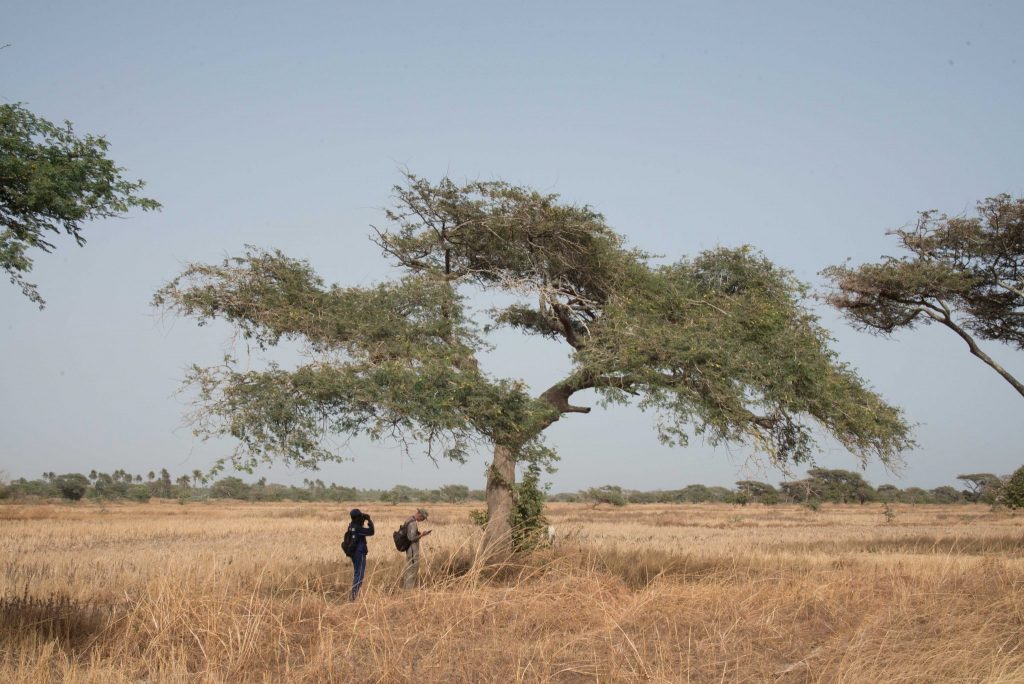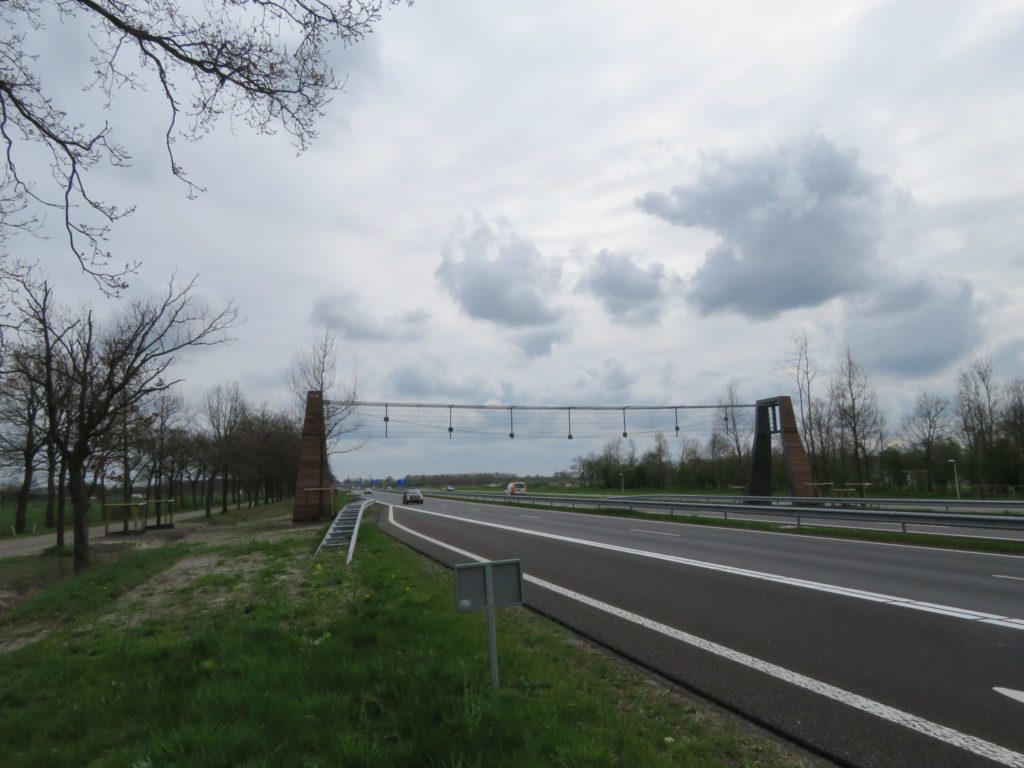Why are so many migratory birds winter in the belt just south of the Sahara, a drought-stricken zone, while further south wintering conditions seem to be much better? It took eight years (2007-2015), 2000 plots to walk and 308,000 trees to check exhaustively for birds, to shed some light on this quest, known as Moreau’s paradox. The results of this labour-intensive work were recently published in Ardea (Zwarts & Bijlsma 2015, Zwarts et al. 2015). In West Africa, tree preferences of wintering migratory birds (and African residents) were quantified in order to assess the importance of wintering conditions on distribution, abundance and trends of insectivorous woodland birds. Canopy surface and birds present were determined in thousands of trees and shrubs.
Birds appeared to be highly selective in their tree choice, with no insectivorous birds at all in 65% of the woody species. Bird density was four times higher in acacias and other thorny species than in nonthorny trees, and seven times higher in trees with leaves having a low crude fibre content than in trees with high crude fibre foliage. Overall, densities of migratory woodland birds were highest in the (thorny) trees of the Sahelian vegetation zone. This counterintuitive finding, with highest numbers of wintering birds in the driest and most desiccated parts of West Africa (short of the Sahara) can be explained by the foliage palatability hypothesis. The Sahelian vegetation zone has always been subject to heavy grazing from large herbivores, and as a consequence woody species have evolved mechanical defences (thorns) to withstand grazing of large herbivores, at the expense of chemical defence against arthropods. South of the Sahel, with a much lower grazing pressure, thorny trees (rich in arthropods) are replaced by (usually non-thorny) trees with less palatable foliage and a higher crude fibre content, and hence with less arthropod food for insectivorous birds.
Field work in Africa on habitat preferences of migratory land birds is scarce. This work brings us a step further in understanding the winter distribution of migratory birds. It provides the groundwork for a future analysis of the distribution, abundance and trends of Palearctic woodland birds wintering in the Sahel and the Sudan vegetation zone.


